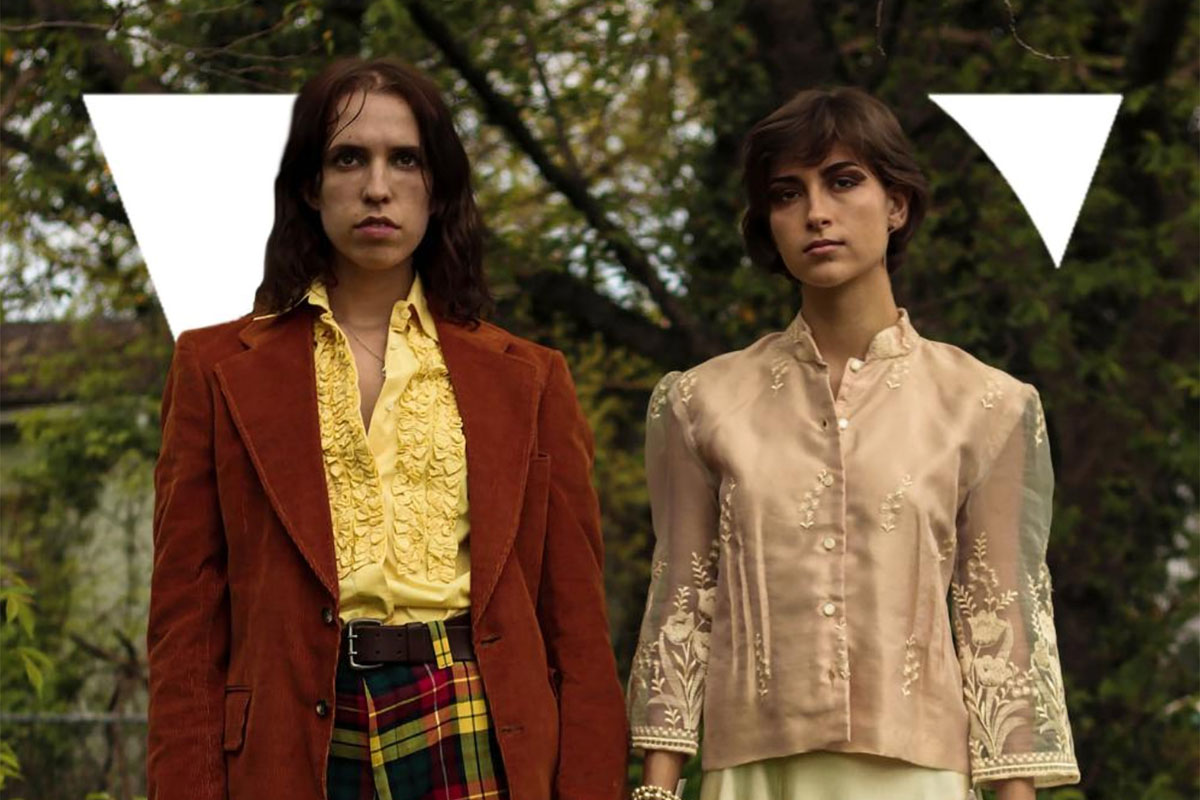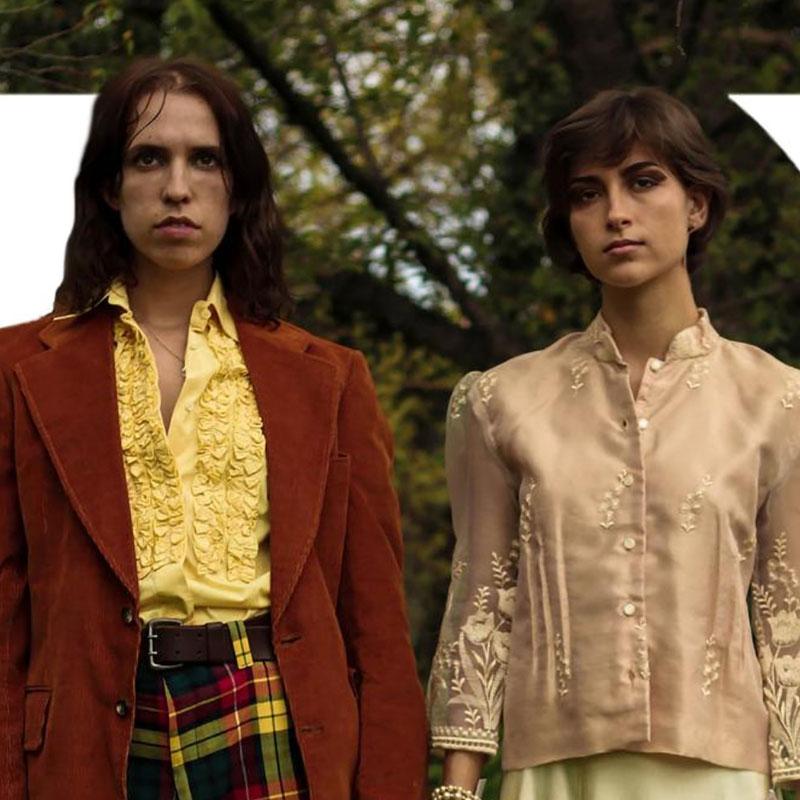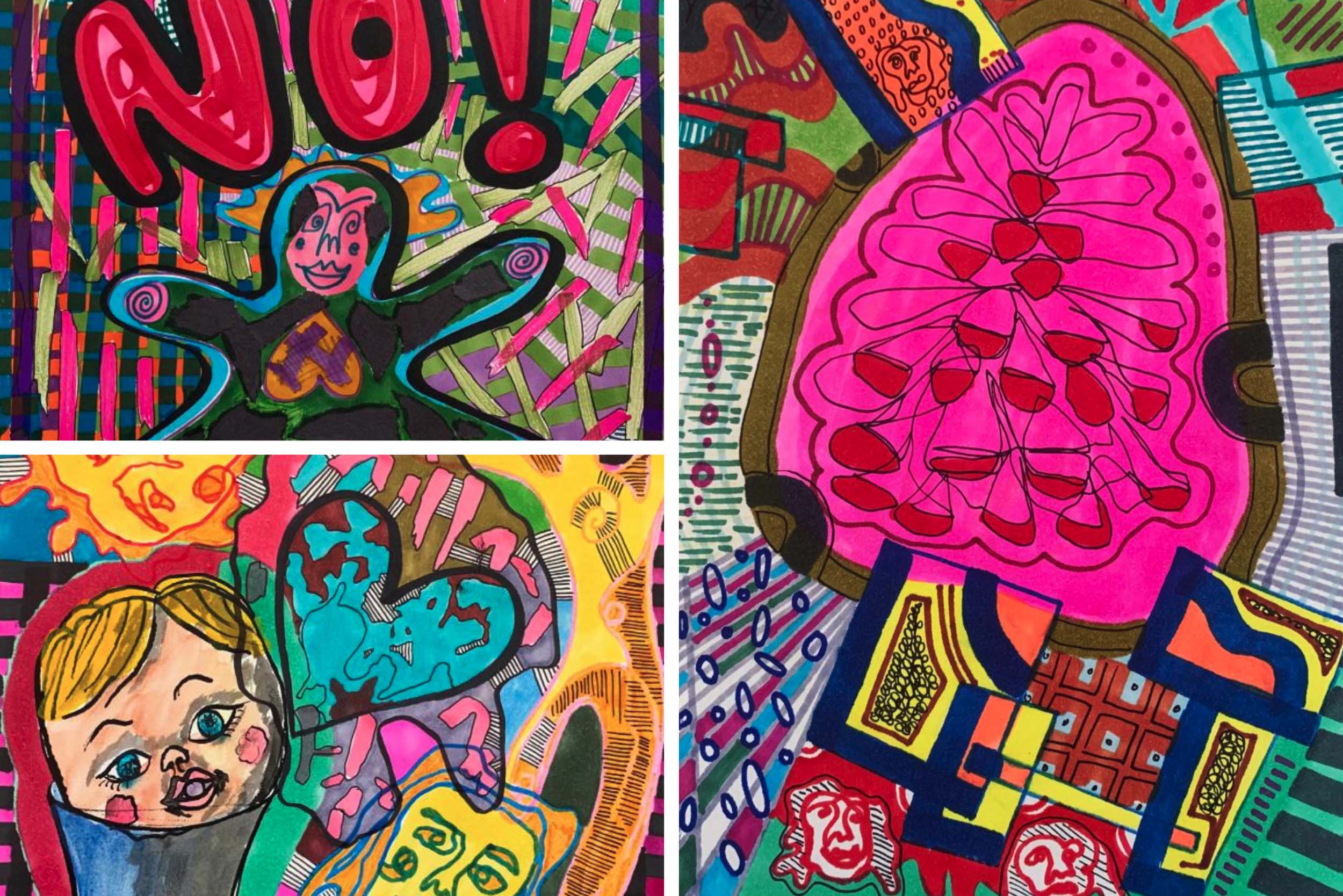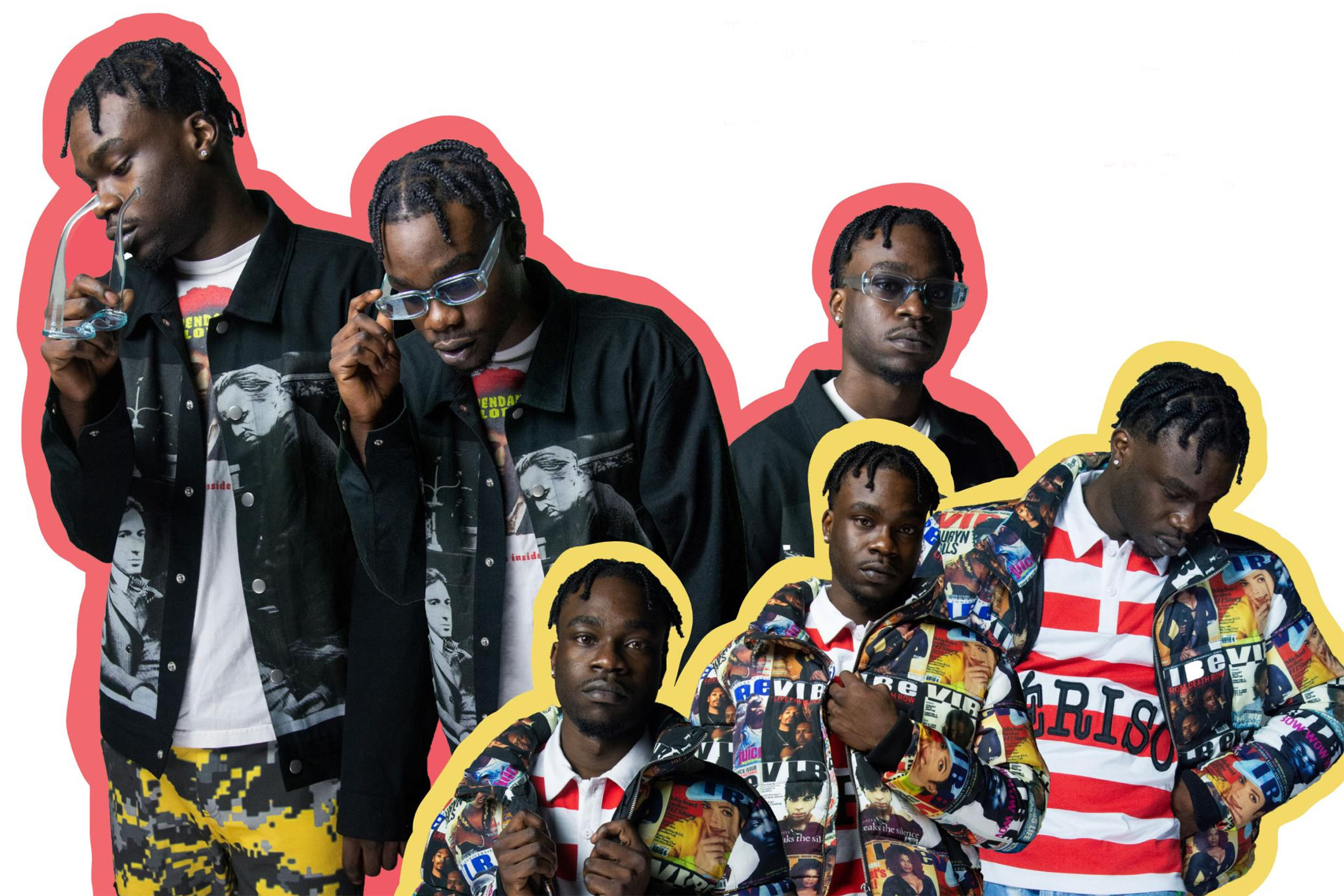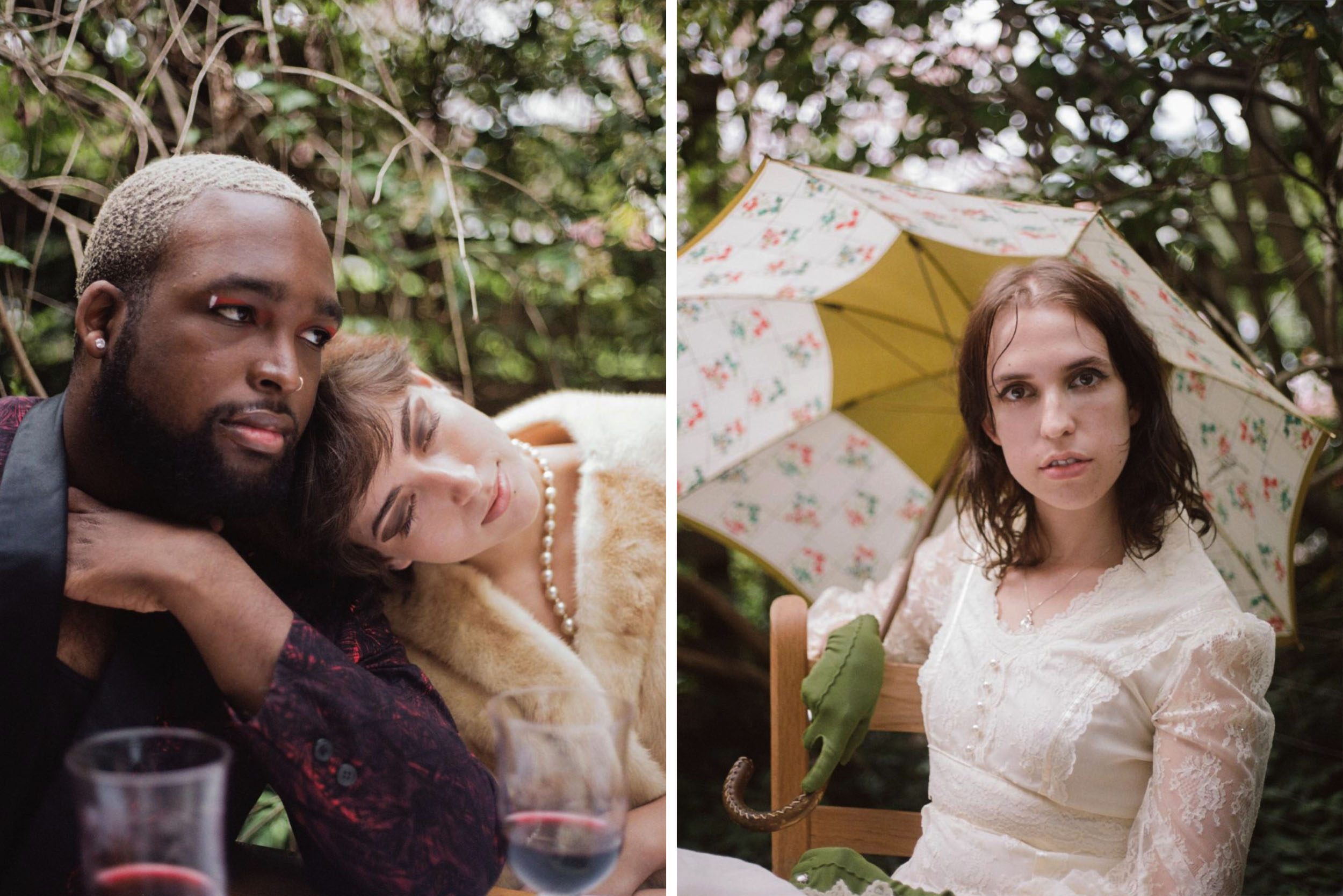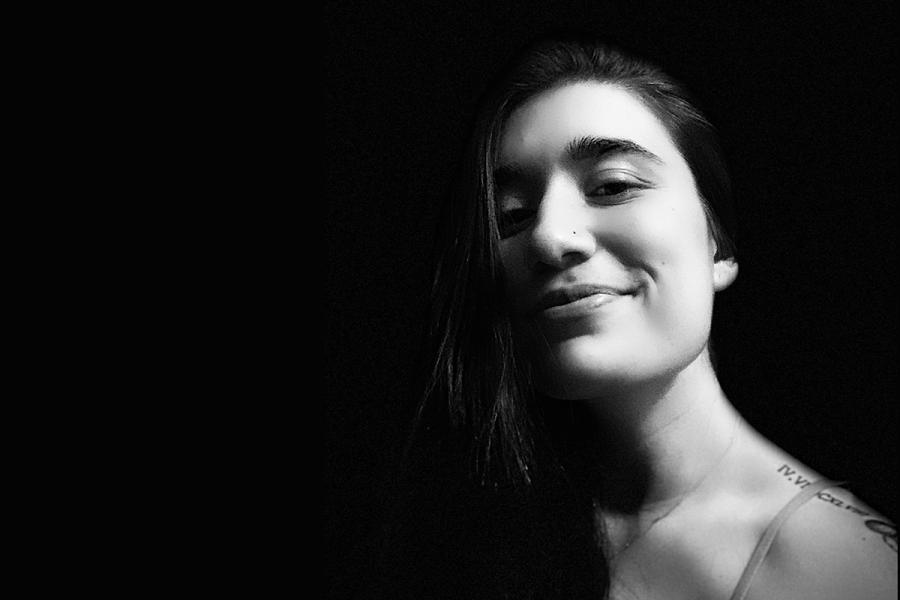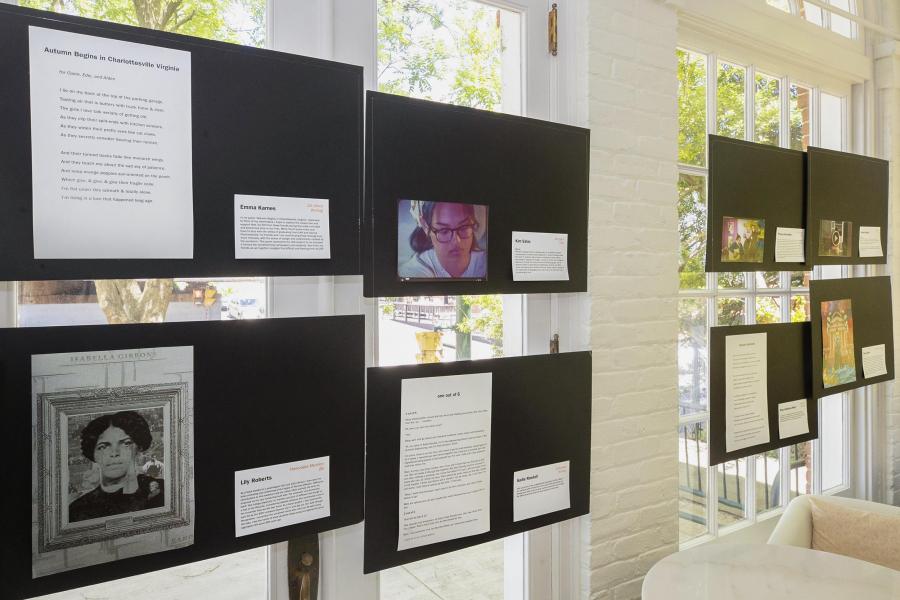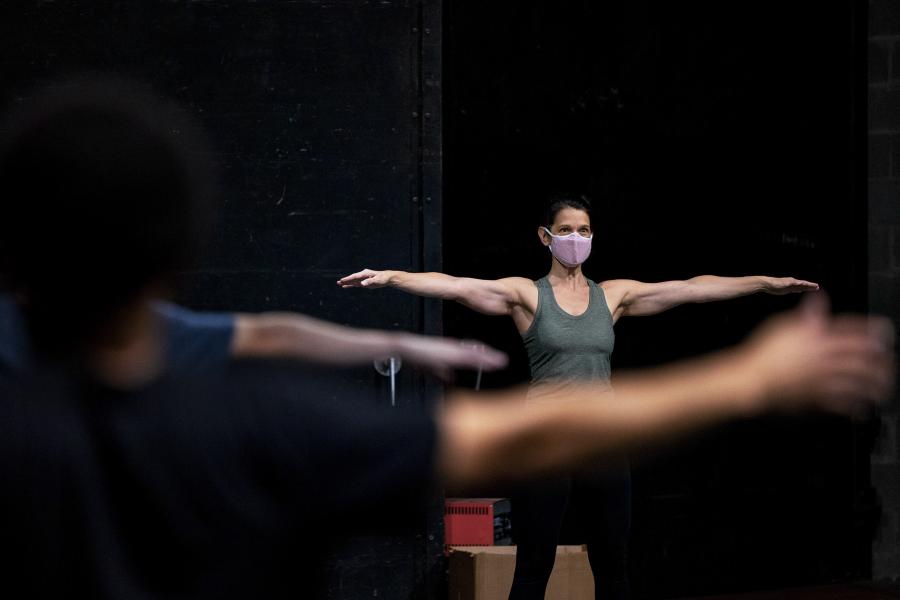Vibrant colors, electric images, stories bubbling with creativity – these are just a few elements of V Magazine, a student-run publication dedicated to the arts community at the University of Virginia.
Co-editors-in-chief Christina Hara and André Hirschler, both May graduates, focused on making the publication an expressive platform for UVA’s most creative students. The spring 2021 issue featured art in a variety of forms, from poetry to photography to creative writing.
“In my mind, we’re helping people gain confidence in their creative work where they wouldn’t really have a space to do that elsewhere, and to have that confidence boost that comes from being published,” Hirschler said.
Hara stumbled upon V Magazine after transferring to UVA in the fall of her third year and was drawn to the platform and the community around the magazine, which was founded in 2005. “I wanted to find a new way to get involved on Grounds, and especially with something creative on Grounds. I found V Magazine, and it sounded like something like right up my alley, and I’m so glad that I joined,” she said.
